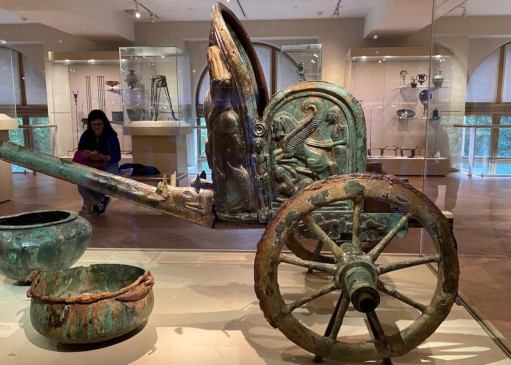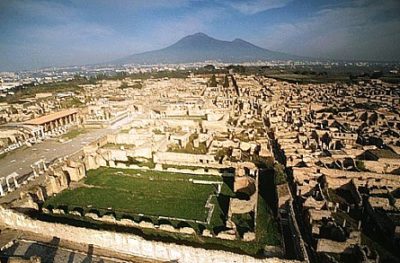The catacombs of San Faustino (near Massa Martana) are the only catacombs in Umbria.
Located along one of the two original sections of the Via Flaminia and originally born as a pagan hypogeum then converted to Christian devotion, their presence was already known in the seventeenth century. The space currently visible outside the entrance of the catacombs, on the other hand, is recently discovered having been accidentally found in 1996, during the works on the occasion of the Jubilee of 2000.
The dating of the pagan hypogeum is from the late Republican era while the conversion into a place of Christian worship and burial dates back to the 4th-5th century a.C.
The external area, delimited by an exedra (perhaps part of a basilica) on one side, has a series of tombs among which stands out the most important, arcosolium, belonging to a woman, probably the wife of the owner of the area.
Another burial in this environment is noteworthy: dug directly into the travertine block and still intact. From some investigations it has been ascertained that it contains a deceased male, perhaps the husband of the woman mentioned above, with a significantly above average stature (about 1.80 cm), a prerogative that is also found in some skeletons found in the excavation of the Vicus Martis Tudertinis, the small agricultural and post center along the consular road, near Santa Maria in Pantano and also being excavated.
The current access to the catacomb, excavated for the first time in the 1930s by the parish priest Don Mario Pericoli, is not the original one, which is still identifiable.
Particular is the absence of the typical symbols of Christianity very frequent in the Roman catacombs; the only reference to the Christian religion are some crosses host very high and a small incision placed at the top of the entrance symbolizing a fish with the Christogram.
The original structure of the catacombs, subsequently enlarged with two other galleries, consisted of a main gallery with two lateral herringbone galleries; as length development was impossible due to the risk of escaping from the hill, with the increase in the number of burials, the level was lowered, with the consequent abandonment of the original access, which remained too high.
The wall niches, about 400 burials, almost all open, crown a arcosolium tomb, certainly belonging to a very important person in the community.
The objects dear to the deceased were placed in small hollows (still visible) because, with the Christian religion, the custom of inserting a real funeral equipment into the burial lapsed.
Benedetta Tintillini
Find the catacombs of San Faustino on Google Maps:



